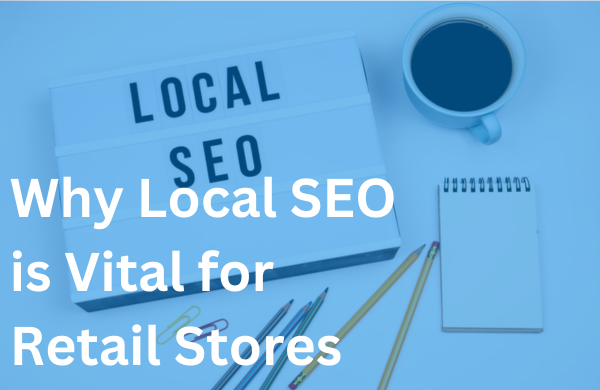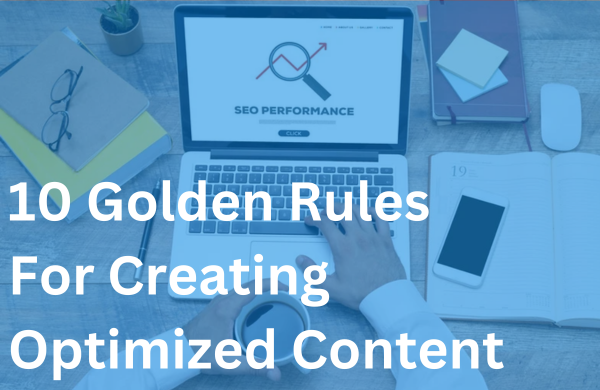In today’s evolving SEO landscape, the user experience (UE) is more important than ever. In addition to keeping people on your page longer and providing consumer satisfaction, UE features boost search engine rankings. Google recognizes sites that load quickly and provide visual stability, which is a great thing in their books.
Google Core Web Vitals are metrics that measure user experience features. They measure loading performance, responsiveness, and visual stability. A good score goes hand in hand with online visibility and consumer loyalty.
Improving your website functions is do or die for your business – for both user experience and SEO!
What are Google Core Web Vitals?
Google Core Web Vitals are user experience metrics critical to search engine rankings. The three main metrics are as follows:
- Largest Contentful Paint (LCP): LCP measures your pages’ loading performance. To receive a good score, LCP should appear within 2.5 seconds of the page starting to load.
- Interaction to Next Paint (INP): INP measures responsiveness. It measures the lag between user activities and the site’s response. Companies should strive to have an INP of less than 200 milliseconds.
- Cumulative Layout Shift (CLS): CLS measures visible stability. It looks for layout elements that shift around as the page loads. A score of less than 0.1 is desirable.
Why Core Web Vitals Matter for Small Businesses
Core Web Vitals became a major ranking factor in Google search engine rankings in June 2021. While core metric website optimization may not make a major impact at first, it can become more relevant over time.
Additionally, improving core metrics will lead to lower bounce rates. Google will recognize your site as one that offers a good user experience. Eventually, the search engine may start rewarding these sites with a “Good Use Experience’ badge, an important “indirect ranking factor” that will feed back into the Google algorithm.
Detailed Breakdown of Core Web Vitals Metrics
First Input Delay (FID)
First Input Delay measures interactivity reactions. It measures how long it takes your site to respond to user activity. For example, it may measure how long it takes for a page to load after a user clicks on a link. FID measures the first interaction but has since been replaced with INP (Interaction to Next Paint), which measures all interactions. It judges you based on the longest lag times.
A good INP is 200 milliseconds or less. An INP of 200 to 500 milliseconds needs improvement. An INP over 500 milliseconds indicates a poor user experience.
If your INP is long, you may have too many large scripts or too much JavaScript running. You may ask your developer to minimize JavaScript and other nonessential code. Breaking up long tasks into shorter segments allows your site to handle them more efficiently.
Largest Contentful Paint (LCP)
LCP measures how long it takes for the first image to be displayed after loading starts. LCPs should be as low as possible. Programs stop measuring LCP once the user starts interacting with the page. A good LCP is 2.5 seconds or less. LCPs of 2.6 and 4 seconds need improvement. Anything above 4 seconds indicates a poor page experience.
Compressing images can improve LCP. You can also enable page caching, which allows the page to be stored on a server after it loads the first time, enabling it to load faster in the future.
Another solution is to upgrade your website hosting. Shared hosting tends to be slower than dedicated hosting and cloud hosting.
Cumulative Layout Shift (CLS)
CLS refers to how many page elements shift when a page loads. A score of 0.1 means your page is stable. A score of 0.1 and 0.25 means your page needs improvement. A score over 0.25 means your page is disruptive.
You can fix CLS images by adding width and height attributes to your images. Doing so will prevent images without attributes from pushing other images down or to the side of the page during loading. It will allow the browser to reserve space for your images so they don’t crowd.
How to Measure and Monitor Core Web Vitals
There are several tools you can use to measure core web vitals, including:
Semrush Site Audit
Semrush will conduct a full technical audit of your site and identify issues that need improvement. It provides a metrics section that reveals your LCP and CLS scores. Its Total Blocking Time metric will measure your INP.
Chrome User Experience Report (CrUX)
The Chrome User Experience Report is a public dataset that will tell you how users interact with your site. It will show you the percentage of your desktop and mobile user experiences that were considered good. It will also give you a detailed monthly breakdown of your core web vitals.
Google PageSpeed Insights
Google’s free SEO tool analyzes single-page performance on mobile and desktop. It assigns scores from 1 to 100 for FID, LCP, and CLS and measures speed index and total blocking time.
Google Search Console
Your Google search console will provide you with a Core Web vitals resort. It will show you which pages don’t meet the acceptable metric standard. It will tell you why issues exist so you can correct user performance problems.
Practical Tips for Optimizing Core Web Vitals
FID, LCP, and CLS issues can be due to an overload of data, unassigned image measurements, or poor hosting. However, every company may have specific issues affecting its sites. Consult with an expert, like Brillity Digital, for optimization techniques tailored to your company. These SEO small business tips will attract more visitors and increase conversions on your business’s website!
The Benefits of Optimizing Core Web Vitals for Small Businesses
- Improved search engine rankings and visibility: Website optimization for core metrics will boost your site’s search engine rankings, attract more visitors, and increase the chance of conversions.
- Enhanced user satisfaction and engagement: Optimizing core web vitals reduces bounce rates, keeps visitors engaged with your site, and increases their likelihood of returning and investing in your services. You will provide a positive online experience.
- Higher conversion rates and business growth: Improving core web vitals will make your company more visible online, increase visitor numbers and conversion rates, and boost profitability so you have the capital you need to grow your business.
Conclusion
Core Web Vitals are a key element of small business SEO. Businesses that improve core web metrics will provide a better user experience, increase visitors, and boost conversions.
General tips can help you identify issues, but an expert will offer a tailored solution that addresses common problems. Brillity Digital can help. We assist with all aspects of conversion rate optimization, including web design and development and SEO. We can also provide services for social media, email marketing, and pay-per-click ads.
Contact us when you’re ready to take your user experience and your SEO rankings to the next level!




